You're in for a treat exploring the oldest trousers brands that have defined fashion history! Brooks Brothers, founded in 1818, is the U.S.'s oldest clothing brand, renowned for its classic designs and ready-to-wear innovations. Levi Strauss & Co., established in 1853, forever changed casual wear with its iconic blue jeans born in 1873, symbolizing comfort and rebellion. Pendleton Woolen Mills and Carhartt, both founded in the 1860s, brought high-quality materials to workwear. The legacies of these brands showcase the evolution of trousers across time, each telling a unique story about style and cultural significance that you'll want to explore further!
Historical Foundations of Trousers Brands
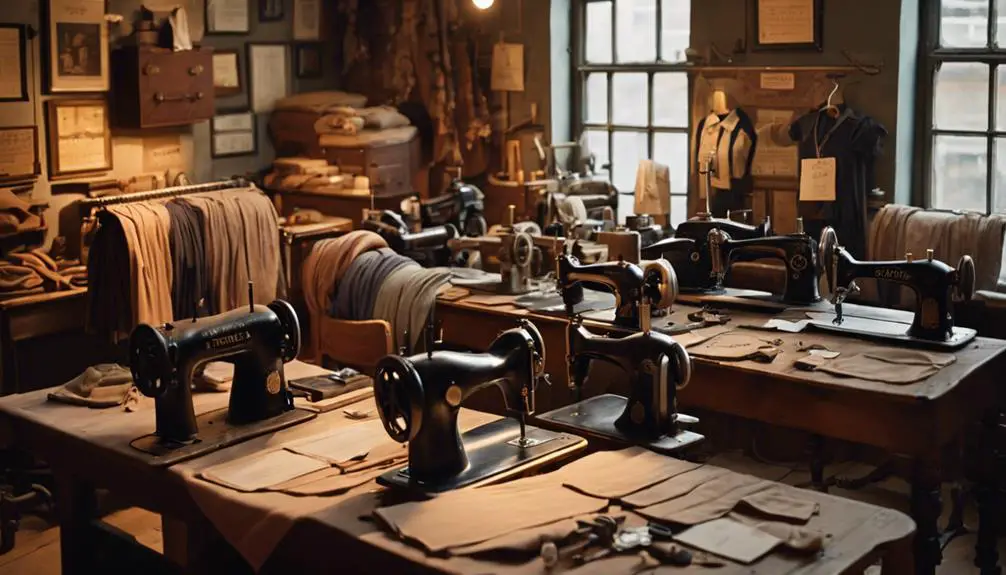
When you explore the historical foundations of trousers brands, you'll discover a rich tapestry of innovation and tradition. The journey begins with Brooks Brothers, established in 1818, which holds the title of the oldest clothing brand in the United States. This iconic brand not only introduced classic trousers but also pioneered ready-to-wear clothing, setting a standard for future generations. Brooks Brothers' commitment to craftsmanship and quality has influenced the development of American menswear for over two centuries.
Fast forward to 1853, when Levi Strauss & Co. emerged, forever changing the landscape of trousers with its blue jeans. Their riveted pants, patented in 1873, established denim as a staple in workwear fashion, blending durability with style effortlessly. Around the same time, Fruit of the Loom began its journey in 1851, focusing on basic apparel, including trousers and undergarments, and leading the charge in mass-producing clothing for the masses.
In 1863, Pendleton Woolen Mills entered the scene, renowned for its high-quality woolen trousers often inspired by Native American designs, showcasing the beauty of cultural influences in fashion. Carhartt followed in 1889, initially crafting durable workwear trousers for railroad workers, and has since evolved into a beloved brand for both work and casual attire.
These brands, each with its unique story, have markedly shaped the trousers landscape, blending functionality and fashion. From classic cuts to iconic blue jeans, their legacies continue to influence how we perceive and wear clothing today.
Workwear Specialists and Their Legacy
The evolution of trousers brands doesn't just stop at classic designs; it also includes the rise of workwear specialists who've left a lasting impact on both functionality and fashion. Carhartt, established in 1889, and Dickies, founded in 1922, are prime examples of how these brands have shaped the workwear landscape. Initially designed for railroad workers and various industries, they've become synonymous with durability and practicality, appealing to a wider audience than ever before. Dickies, for instance, celebrated a century of craftsmanship in 2022, reinforcing its legacy of quality workwear at affordable prices.
What sets these workwear specialists apart is their unwavering commitment to quality and attention to detail. Carhartt's rugged materials and Dickies' practical designs not only serve demanding jobs but also resonate with fashion-conscious consumers who appreciate the blend of style and utility. As they've evolved, these brands have successfully bridged the gap between professional workwear and casual fashion, making their garments staples in both settings.
Their legacy is characterized by a rich history of craftsmanship, which reflects significant cultural shifts. The increasing acceptance of workwear styles in everyday fashion showcases how functionality can seamlessly integrate into our daily lives. With a focus on durability, these brands have proven that workwear isn't just for the job site; it can also make a bold statement in casual attire.
As you explore the world of trousers, remember the impact of these workwear specialists and their enduring influence on clothing choices, proving that what once served a specific purpose can transcend into a lifestyle choice.
Denim and Casual Wear Innovators
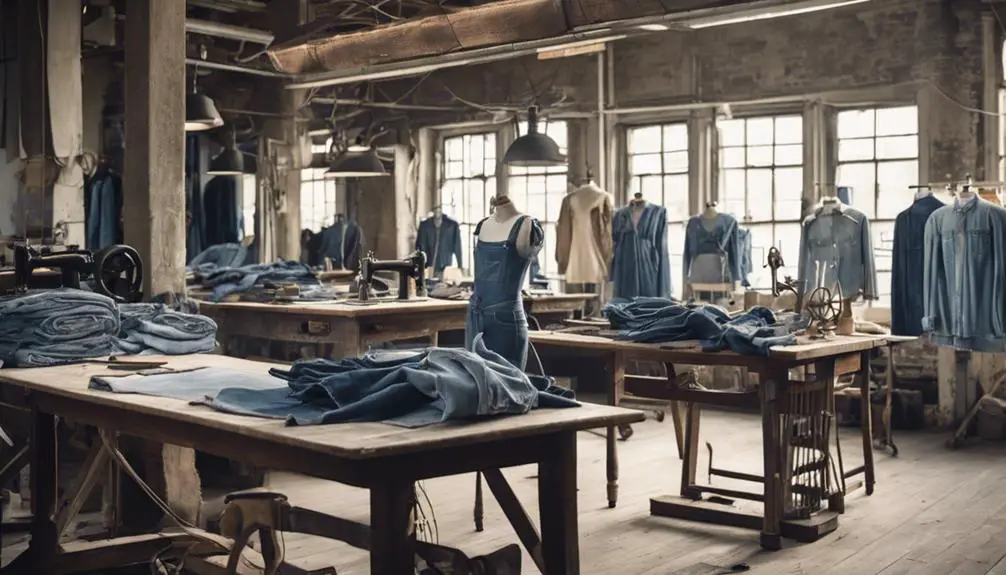
Denim has transformed into a cornerstone of casual wear, largely thanks to innovators like Lee and Wrangler. Founded in 1889, Lee revolutionized the denim industry with their innovative designs, making substantial contributions to the American workwear landscape. Their dedication to quality is evident in vintage pieces, where you can identify their rich history through vintage Lee logo variations and features. You can see their legacy in the riveted pants that have become synonymous with durability and style. Meanwhile, Wrangler, established in 1947, made its mark by crafting jeans specifically designed for ranchers and cowboys, introducing the first-ever pre-washed jeans to the market.
Both brands have played pivotal roles in popularizing denim as a staple in men's clothing and everyday fashion. Their commitment to quality and functionality guarantees that their jeans not only look great but also meet the rigorous demands of various lifestyles. Wrangler goes a step further by collaborating with rodeo champions, guaranteeing their products are tailored to the practical needs of those who work hard in tough environments.
As you explore the rich history of denim, it's fascinating to see how these brands have maintained strong market appeal, adapting to multiple generations and evolving fashion trends. Lee and Wrangler demonstrate that denim isn't just a fabric; it's a cultural phenomenon that reflects shifting attitudes towards casual wear. With their innovative spirit and dedication to quality, they've solidified their places as true denim and casual wear innovators, making certain that every pair of jeans tells a story of resilience and style.
Outdoor and Activewear Pioneers
When you think about outdoor and activewear, brands like L.L.Bean and Abercrombie & Fitch come to mind as pioneers that shaped this exciting industry. Established in 1912, the Maine Hunting Shoe was the foundation of L.L.Bean's focus on durable gear, especially its iconic Bean Boot, and Abercrombie & Fitch's transformation from outdoor retailer to lifestyle brand, both companies have left an indelible mark on consumer expectations. Their innovative approaches not only reflect the legacy of outdoor gear but also set the stage for the activewear trends we see today.
Legacy of Outdoor Gear
Exploring the legacy of outdoor gear reveals how brands like L.L.Bean and Abercrombie & Fitch have shaped not just the apparel you wear, but also the very culture of outdoor recreation. Founded in 1912, L.L.Bean is famed for its high-quality products, particularly the iconic Bean Boot, designed for hunting and fishing enthusiasts. Their commitment to durable construction and customer satisfaction is evident in their generous return policy, showcasing confidence in their manufacturing techniques.
Abercrombie & Fitch, established in 1892, began as an outdoor gear retailer, evolving into a lifestyle brand while preserving its roots in high-quality outdoor wear. Both brands emphasize timeless style and functionality, catering to a growing market of outdoor enthusiasts and casual wear consumers.
As pioneers in the outdoor and activewear sector, L.L.Bean has expanded its offerings beyond just apparel to include clothing, home goods, and outdoor gear, solidifying its influence on outdoor fashion. The dedication to quality and innovation has not only shaped the gear you use but also inspired a culture that values adventure, exploration, and a connection to nature.
Innovations in Activewear
The evolution of outdoor gear naturally paved the way for innovations in activewear, as brands like L.L.Bean and Abercrombie & Fitch adapt to the changing needs of consumers. Founded in 1912, L.L.Bean is famous for its high-quality outdoor gear, especially the iconic Bean Boot, a must-have for outdoor enthusiasts. Abercrombie & Fitch, established in 1892, originally focused on outdoor gear but has transformed into a lifestyle brand that reflects casual wear inspired by outdoor activities.
Both brands highlight durability and functionality in their products, making them top choices for those seeking reliable activewear. In the fashion industry, this shift toward practical yet stylish womens clothing has gained traction, appealing to a broader audience who values both aesthetics and performance. L.L.Bean's generous return policy exemplifies its commitment to customer satisfaction, ensuring you receive quality apparel that meets your active lifestyle needs.
With the outdoor and activewear segment booming, these pioneers not only maintain their heritage of craftsmanship but also embrace current trends, proving that innovation in activewear is not just a trend—it's a way of life!
Cultural Impact of Trousers Brands
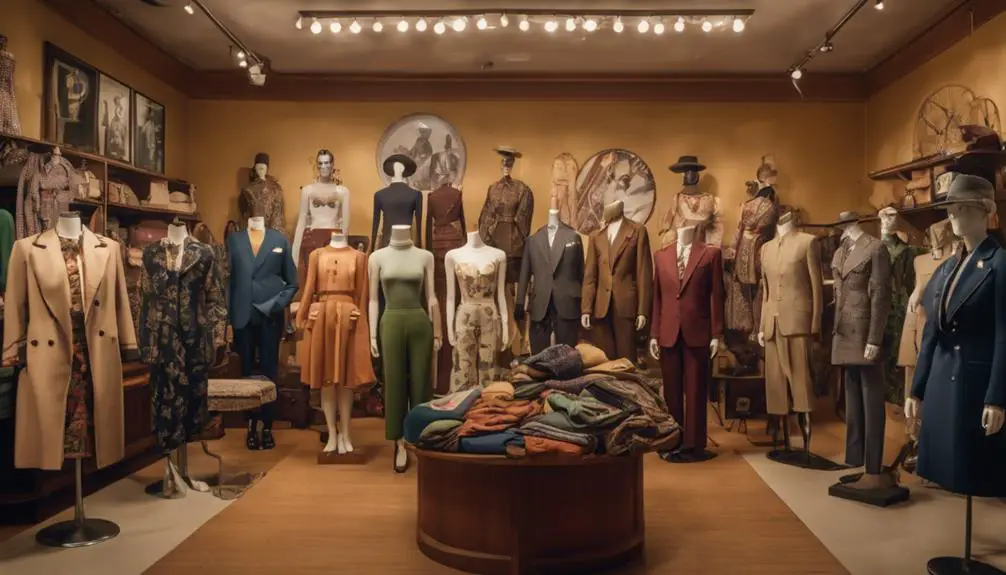
Fashion has always been a powerful medium for expressing identity and culture, and trousers brands have played a pivotal role in shaping these narratives. The oldest known brands, like Levi Strauss & Co., have greatly influenced global fashion by popularizing denim jeans since their patenting in 1873. These jeans would become a staple in casual wear, symbolizing not just comfort but also a rebellious spirit among youth. Similarly, Brooks Brothers, established in 1818, pioneered ready-to-wear clothing in the U.S. Their classic styles shaped American menswear, influencing how formal attire is perceived today. Brands like Lee Jeans also contributed to the evolution of denim, introducing innovations that catered to laborers and later embraced wider cultural trends.
The cultural acceptance of women wearing trousers has also evolved dramatically over the years. Brands like Carhartt and Dickies expanded their offerings to include women's workwear, reflecting societal changes around gender and fashion. This shift has allowed women to embrace trousers as practical and stylish options for various occasions.
Vintage trousers brands, such as Lilli Ann, have left a lasting legacy in fashion history. Their high-quality garments are now collectible items that showcase the evolution of women's clothing, proving that style transcends time. As you explore the cultural impact of these trousers brands, you realize they are more than just clothing; they're a canvas for self-expression, a reflection of societal norms, and a reflection of the changing dynamics of fashion. Each brand tells a story, inviting you to be part of a vibrant tapestry that connects generations through the simple act of wearing trousers.
Sustainable Practices in Trousers Manufacturing
In recent years, trousers brands have increasingly recognized the importance of sustainable practices, transforming their production processes to minimize environmental impact. By adopting eco-friendly materials, these brands not only enhance their brand image but also contribute positively to the planet. Take Levi Strauss & Co., for example; they've committed to using organic cotton and recycled materials, ensuring their jeans are not just stylish but also environmentally responsible.
Brooks Brothers has taken a different approach by pioneering ready-to-wear clothing, which notably reduces waste. By minimizing unsold stock, they're making strides in sustainability that many brands aspire to emulate. Similarly, Carhartt emphasizes durable materials and functional designs, creating long-lasting workwear that means you won't have to replace your trousers frequently. This focus on longevity is an essential aspect of sustainable practices, as it encourages consumers to invest in quality.
Pendleton Woolen Mills stands out by emphasizing quality craftsmanship combined with sustainable sourcing, utilizing natural fibers and environmentally conscious production methods. Their commitment to ethical practices resonates with customers who value sustainability. Meanwhile, brands like Hanes are proving that comfort and affordability can also align with responsible manufacturing. By focusing on reducing their environmental impact, they're setting an example for the industry.
Together, these brands showcase a collective shift toward sustainable practices in trousers manufacturing, highlighting that being fashionable doesn't have to come at the expense of our planet. So, when you choose your next pair of trousers, consider supporting these brands that care for the earth!
Frequently Asked Questions
What Are the Oldest Known Trousers?
The oldest known trousers, made from ancient fabrics, date back to the 13th-10th centuries BC. Their historical significance lies in their design for practicality and comfort, allowing greater mobility for nomadic horse riders of that era.
What Is the Oldest Pants Company?
In trouser history, you'll discover vintage styles from Brooks Brothers, the oldest pants company. Their timeless tailoring and classic cuts have shaped fashion, ensuring you look sophisticated while embracing a legacy of elegance and tradition.
What Is the Oldest Clothing Brand?
You'll find Brooks Brothers, established in 1818, is the oldest clothing brand in the U.S. Their historical fashion and vintage clothing define classic styles, influencing wardrobes for generations and setting standards in ready-to-wear apparel.
What Is the Old Name for Trousers?
The old name for trousers is "pantaloons," reflecting historical clothing trends. As fashion evolved, terms like "breeches" and "slacks" emerged, showcasing how language adapts alongside changing styles and societal norms in fashion.
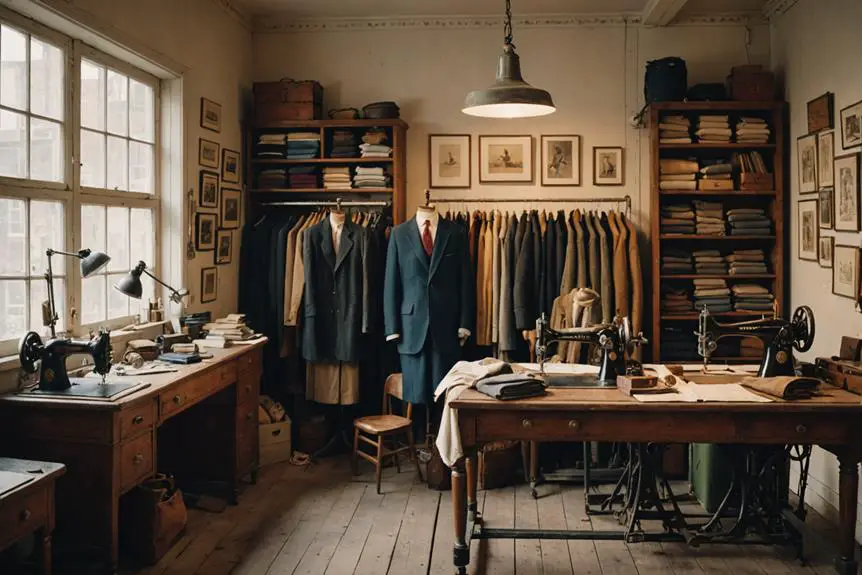

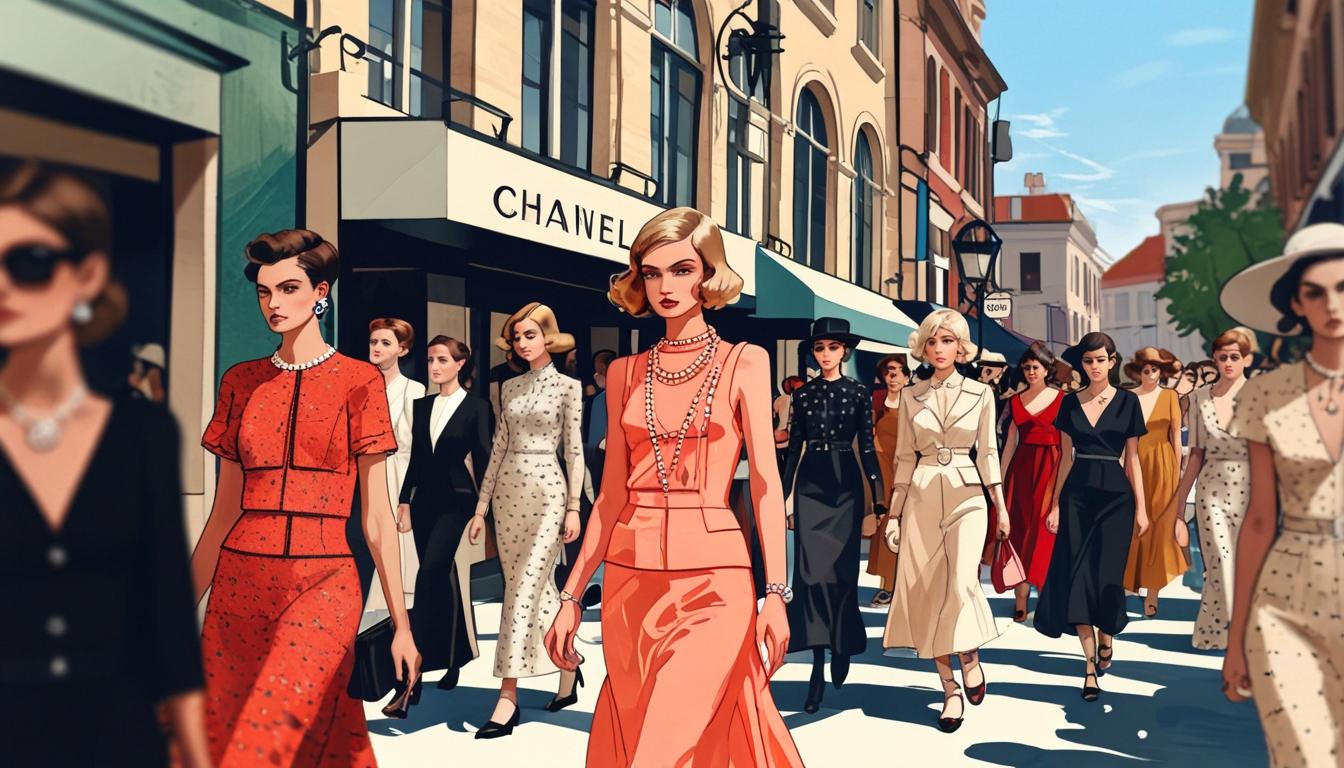
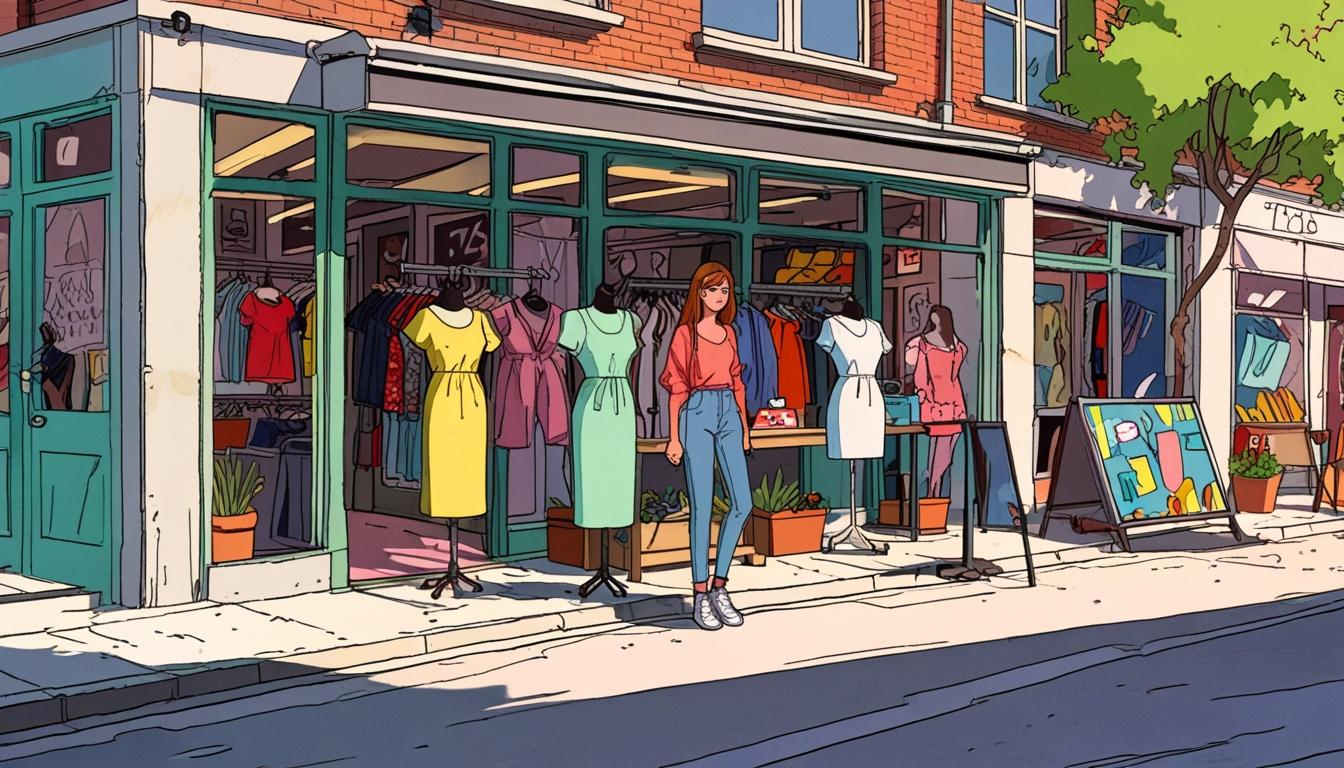
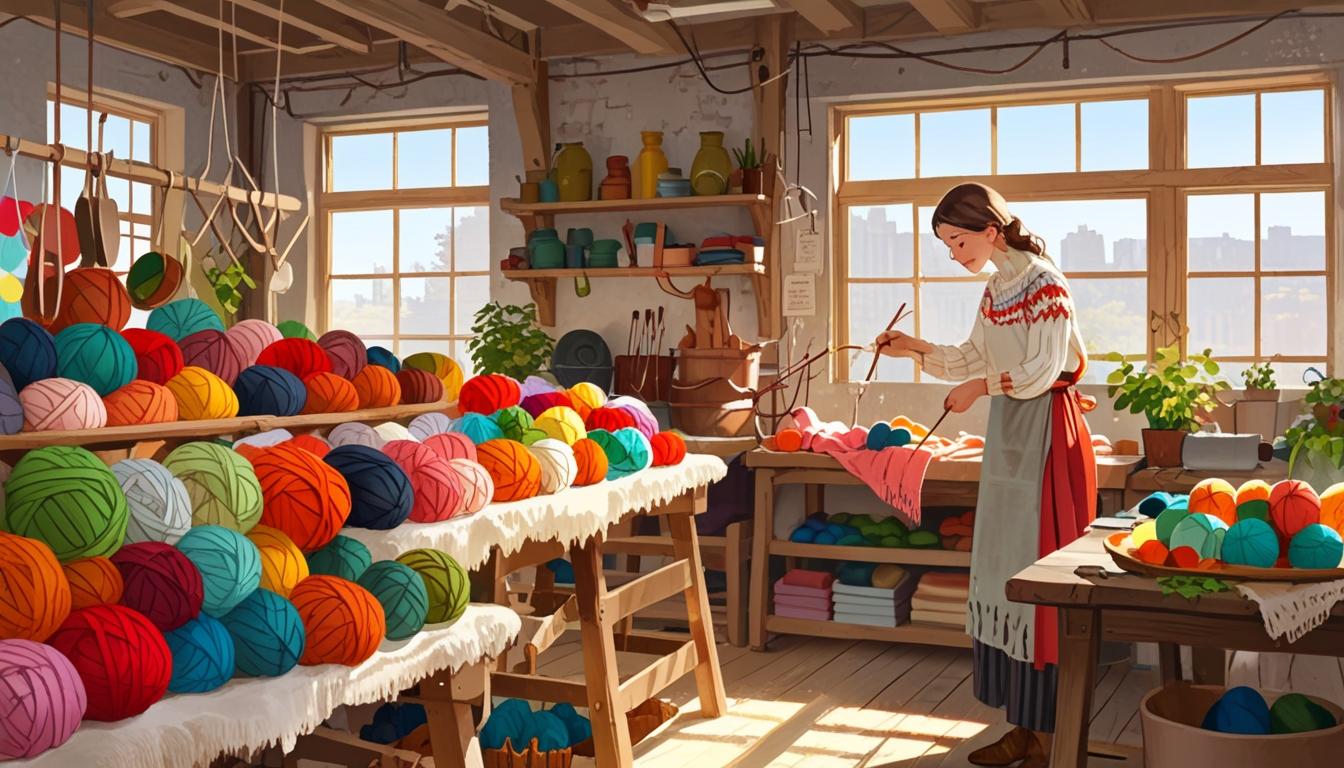
An impressive share! I’ve just forwarded this onto a coworker who was doing a little research on this.
And he in fact ordered me lunch simply because I stumbled upon it for him…
lol. So allow me to reword this…. Thanks for the meal!! But yeah, thanks for spending some time to discuss
this issue here on your web site.